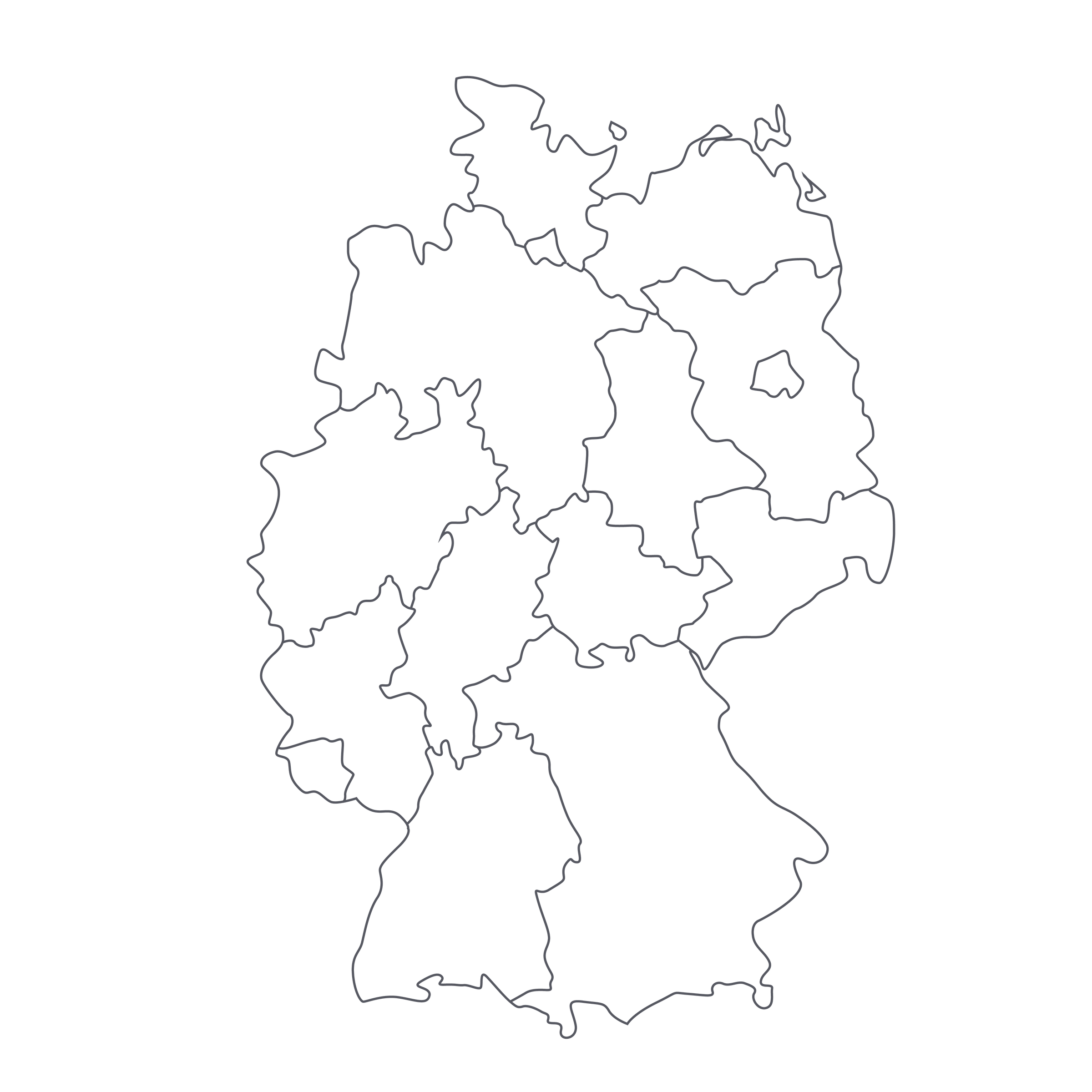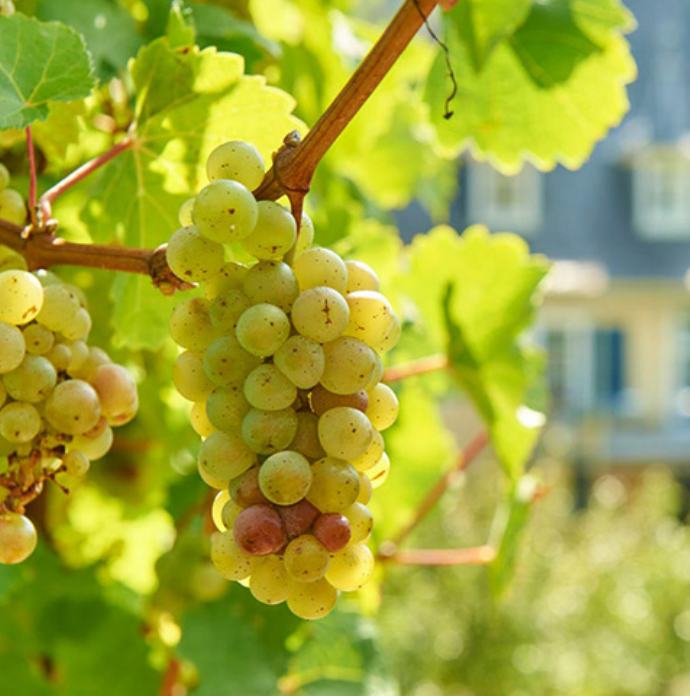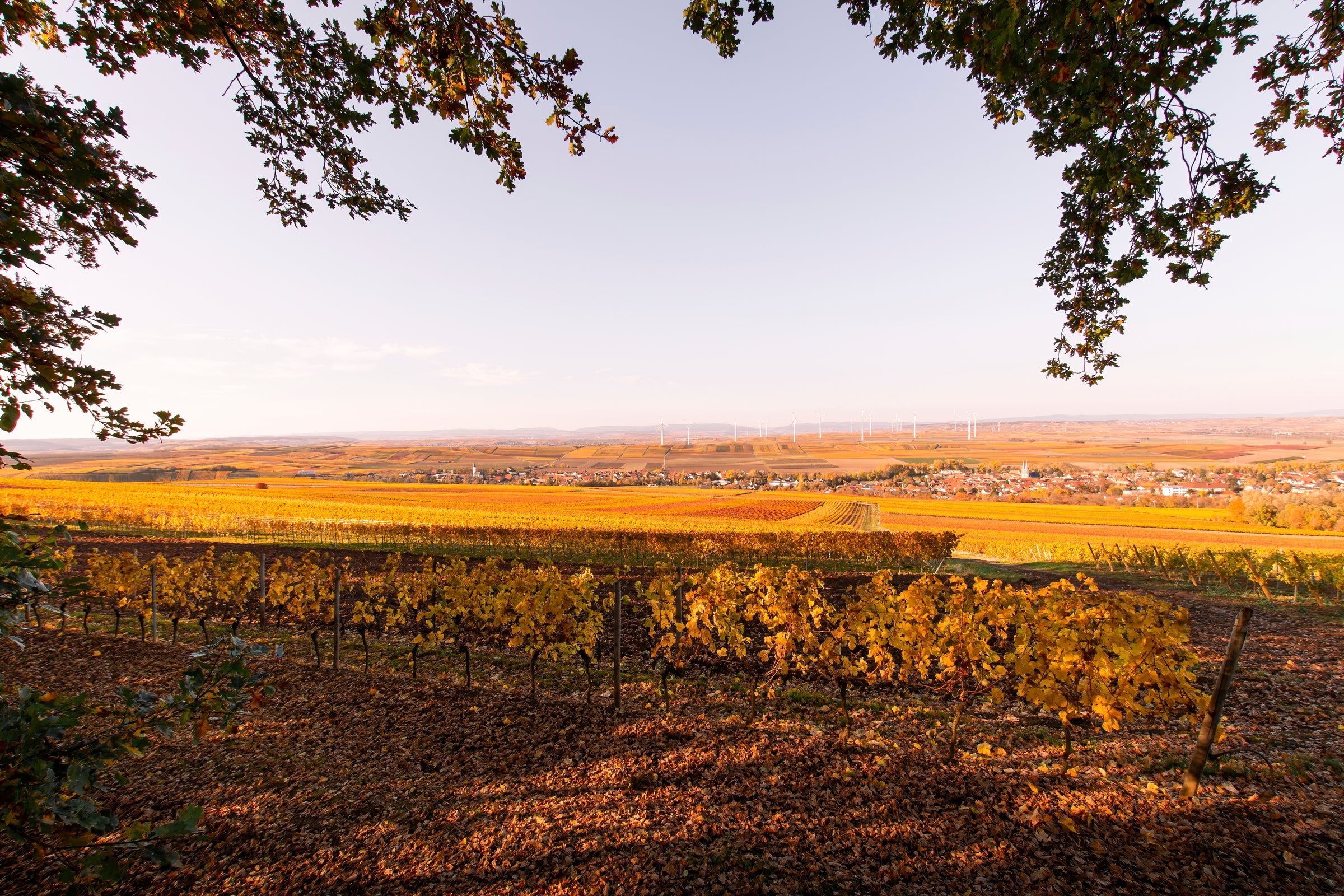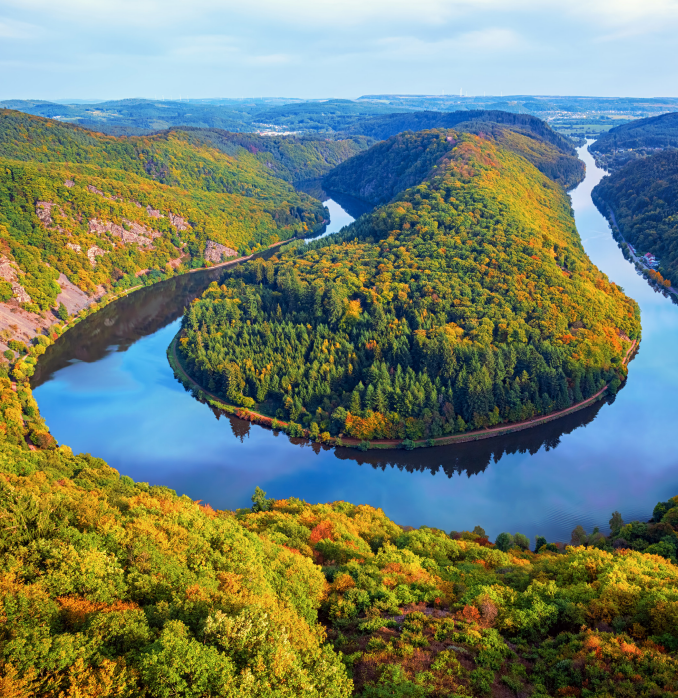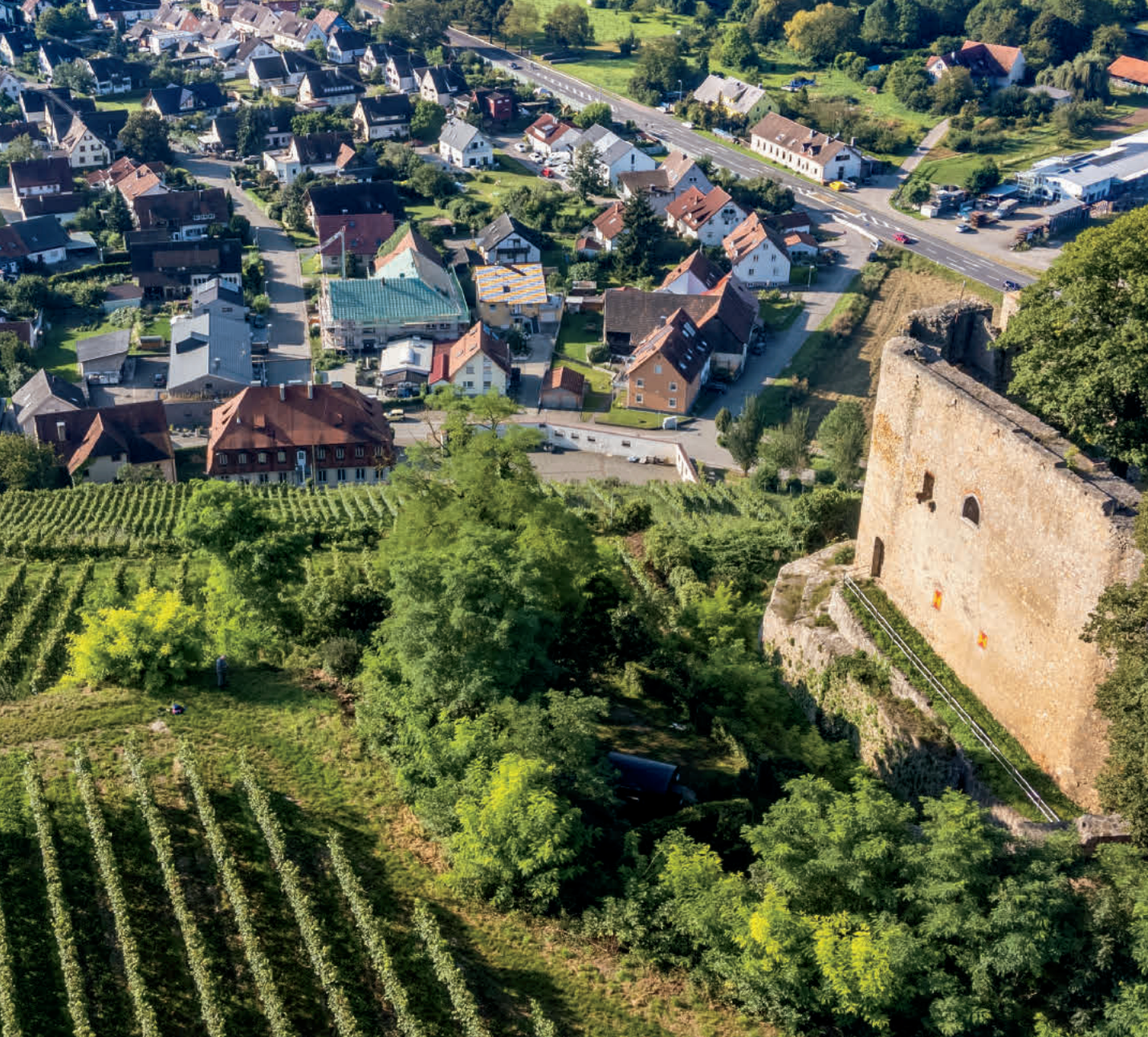Modern German Riesling has been defined by the embrace of what might be called the “Burgundy model”—a system of producing and labeling wines that emphasizes their source vineyards above all else. The identification of Grosse Lage (i.e. Grand Cru) vineyards in Germany’s greatest wine-producing regions is a major paradigm shift, as is the emphasis on producing resolutely dry Rieslings rather than wines with varying levels of residual sugar.
Today, we have one of the most important single-vineyard wines of this modern era: Wittmann’s “Morstein” GG. This is a landmark, best-in-class bottle, right up there with the assorted Montrachets of Burgundy (right down to the limestone/clay soils) but, because it is German Riesling, still priced within reach. The Morstein vineyard, a south-facing slope along the Rhine in the hamlet of Westhofen, and especially Wittmann’s interpretation of it, is the stuff of reverent critical praise and multi-vintage “vertical” retrospectives, like the one James Suckling conducted in 2018. In his writeup, he said the Wittmann wines of the early 2000s represented “one of the great turning points in German winemaking.” What else can I say—this is the pinnacle of dry German Riesling, for all of you who love it like I do!
As always, there’s a lot to unpack when the topic is German wine labeling. “Grosses Gewächs” (GG) is a term used by wine estates to describe their best dry (trocken) wine from a “classified” (i.e. Grosse Lage) vineyard site. Although dry Rieslings were being made throughout Germany long before, the GG classification system officially came into being in 2002, and can only be used by members of the invitation-only Verband Deutscher Prädikatsweinguter (Association of German Quality Wine Estates). For generations, of course, the “quality tiers” of VDP wine were defined according to levels of ripeness at harvest (in ascending order: kabinett, spätlese, auslese, beerenauslese, and trockenbeerenauslese). All these styles contain some level of residual sweetness, and are still part of the German Riesling landscape, but the dry styles, from officially classified vineyards, represent the new top of the pyramid, so to speak.
As for Wittmann, it is (along with Weingut Keller) the name to know in the Rheinhessen. The Wittmann family goes back 15 (!) generations and more than 350 consecutive vintages in the village of Westhofen, where they’ve been at the forefront of organic and biodynamic farming practices, converting to both in 1990 and 2004, respectively. As they say on their website: “There is no substitute for manual labor.” With this and the village’s ancient soils, their wines are shining brighter than ever before.
The Morstein vineyard rises to about 300 meters with a 20% gradient, with especially thin topsoils that give way quickly to limestone beneath. And if there’s one word that leaps to mind when tasting today’s dry and detailed 2018, it’s “transparent”: there’s an unmistakable vein of chalkiness running through this remarkably focused, tensile Riesling. Just, wow. Fermented with ambient yeasts in stainless steel and aged briefly in traditional large fuder casks in a cellar that dates to 1829, this is a kaleidoscopic Riesling that is just beginning to reveal the majesty of what’s to come: In the glass, it displays a deep straw-gold core with silver and green reflections, with intense aromas of grapefruit, nectarine, apricot, mango peel, white flowers, crushed chalk, and a saltiness that becomes more pronounced with air. On the palate, it is still wound tight, which bodes well for extended aging—give it at least an hour in a decanter if consuming a bottle now, while leaving the others in a cool corner of your cellar for revisiting 5-7 years down the line. It is incredibly focused, profoundly mineral, lusciously layered yet bone dry, and mouth-watering to the point of distraction. Serve it at 50 degrees in all-purpose stems and try to take it slow, because each sip promises to be better than the one before. The food-pairing possibilities are practically limitless, but the aristocratic refinement of this ’18 got us thinking about the aromatic, bright, Asian-influenced cooking of Jean-Georges Vongerichten. Wittmann will reward the extra effort, believe me!


